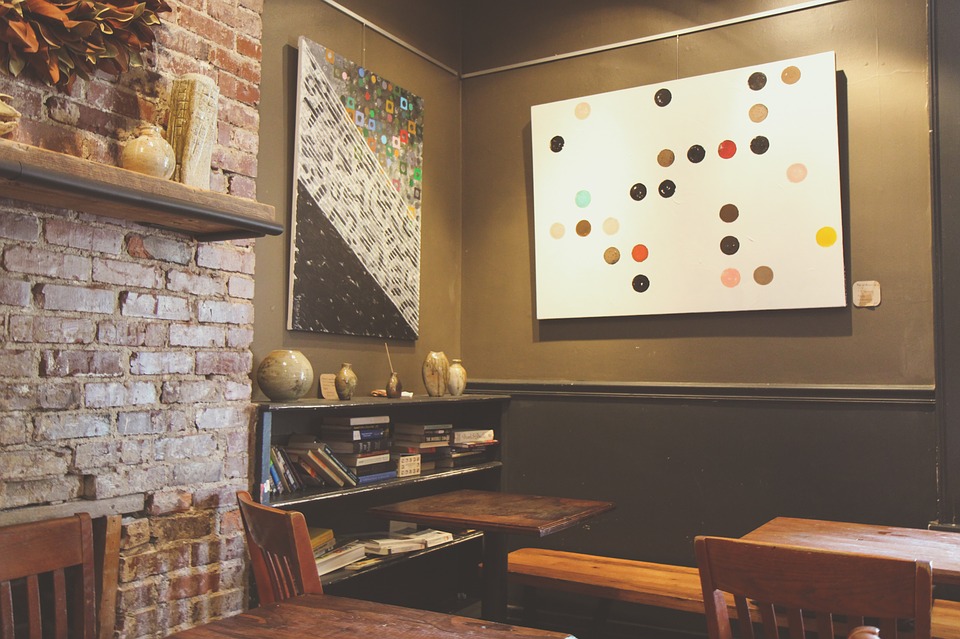Having a diversified portfolio is paramount for financial health. It helps protect your investments by spreading the risk across several different types of assets. While stocks, bonds and real estate are common asset classes, artwork is becoming a viable “commodity” (albeit a controversial one), as well. But before you decide to invest in art, consider the following three important facts:
Sales Price Does Not Necessarily Indicate Value
As with any commodity, value fluctuates based on a variety of factors. Supply and demand obviously affect art worth, but other more esoteric influences (such as historical context, artist skill and content) make it hard to pinpoint if, how or when a piece of art will appreciate in value. A painting speaks to one person and not another based on an inherent subjectivity, making it especially important that the facts that can be controlled are accurately and objectively assessed. Thus, budding art investors should consult reputable and knowledgeable art experts before making any purchases.
Furthermore, sales prices are not the only costs you will incur when you purchase a piece of art. You will also have to add in sales tax, auction fees, insurance costs, as well as the possible costs of framing or storing your artwork. You will also have to pay up to 28% in capital gains tax to the government if you sell your piece, along with any associated commissions (up to 50% of sales price). Indeed, art is valuable only when it has ability to offer a possible profit after all associated expenses have been considered.
Value Isn’t Just About Recognition
Art value is directly tied to its originality. Thus, original works are more valuable than prints or reproductions. A quality painting by a lesser known artist might be more valuable than a giclée by a famous one. And sometimes unknown artists will produce works (that down the line are) worth even more! In this way, a true collector’s “eye” is often the key to determining what will and will not reap financial reward in the future.
Art is a Long-Term Investment
You can’t sell art like you can sell stocks or other liquid assets. In fact, one executive with a Brussels-based art market advisory firm believes “a massive amount of artworks sold in the primary market will never be sold again.” And if a piece of art is resold, the process will probably be a long one. To get the best price, a seller must research auction houses and pricing, as well as wait for a buyer with the ability to appreciate and the cash to pay for the work. Buying and selling artwork is a lot of work with a lot of obstacles to clear. And still, historical evidence dictates questionable rates of success. Much like market researchers use a quantitative research design to help them form insights that allow for smart outcomes, prospective art investors should gather as many facts about the art community — its key players, market trends, inventories and sales opportunities — if they want to maximize their chances of making profitable investments.





